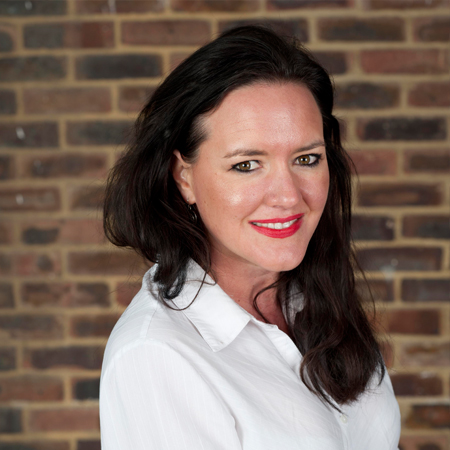We will see physical shopping undergo a dramatic transformation and in the next few years, it could morph into an activity that is driven almost entirely by experiences and interactive technology. Stores will become places where customers get to try things on, or test and interact with products in person but don’t actually buy anything at the time, opting instead for the convenience of delivery of their purchases at a time and place that suits them. So, if shopping is becoming all about the experience, then for some retailers, there is a need to adapt their stores, in some instances even extending their presence beyond them, in order to deliver a truly immersive and flexible experience to their customers.
Pop-ups have been around for a while now and won’t be going anywhere fast, because how better to offer flexible and immediate engagement with prospective customers? We see pop-ups within larger “host” stores and within shopping malls, but what about within transport hubs, gallery spaces, markets and at events? The beauty of the pop-up is that intrinsically the essence of it is temporary, providing intrigue and a sense of urgency that will entice customers, who by the very nature of being human, do not want to “miss out”. Benefit Cosmetics recently devised a novel way to boost brand experience, by opening the world’s first “Beauty and Brows Popup Shop” close to the Glastonbury festival. The drive-thru format enticed festival-goers stuck in crowds and traffic, to meet beauticians and shop assistants, who provided them with advice and goodie bags.
A step beyond a pop-up, is offering mobile shops, that actually take the brand to customers – something we think we will be seeing more of. An excellent example of this is Casper, a USA mattress firm, who has rolled out “napmobiles”, where potential customers can road-test foam mattresses inside a refurbished camper van, before electing to purchase online. However, retailers don’t all need to be mobile or have a pop-up to offer immersive retail experiences to their customers. As long as they can delight and engage and leave a lasting resonance, then brand loyalty will be formed and retained.
The Museum of Ice Cream is a great example of this. Being neither a museum nor a shop, it sells tickets to a series of garishly coloured installations in New York, Los Angeles and San Francisco. Once inside, the very essence of the joy associated with ice-cream is morphed into an experiential interaction, as visitors find themselves immersed in a theme-park type of experience, with engaging things to do rather than buy – such as a giant pool of sugar sprinkles to jump into, an ice-cream themed climbing wall and a giant banana swing.
In the UK, a pioneering social enterprise called Meanwhile Space has forged a series of ground breaking partnerships with local authorities, public bodies and companies to utilise vacant and unconventional spaces, such as disused office blocks and vacant railway arches, turning them into retail and hospitality spaces. Similar to Box Park, Blue House Yard is one such example, and is a redevelopment and re-imagining of an empty and underused site near Wood Green station, that today offers the local community a bustling mix of retail, hospitality and social spaces, creating local interest and breathing new life into a dying area.
The House of Vans in London is another thriving location and one where art, music, BMX, street culture and fashion converge. The 30,000 square feet building encompasses a cinema, café, live music venue and art gallery, while the bottom floor holds a concrete ramp, mini ramp and street course. Designed by skaters, the park is free to use and customers are encouraged to walk in on the day. What The House of Vans has very cleverly done, is create a space that epitomises its brand identity, by creating a fully interactive and experiential space where young people can shop and socialise.
Whatever the space, retailers need to ensure that they offer quality, as well as originality, creating a point of difference from competitors. In the same way, customers have also come to expect the unexpected, and providing this will help deliver a key point of difference and form an all important lasting impression.

